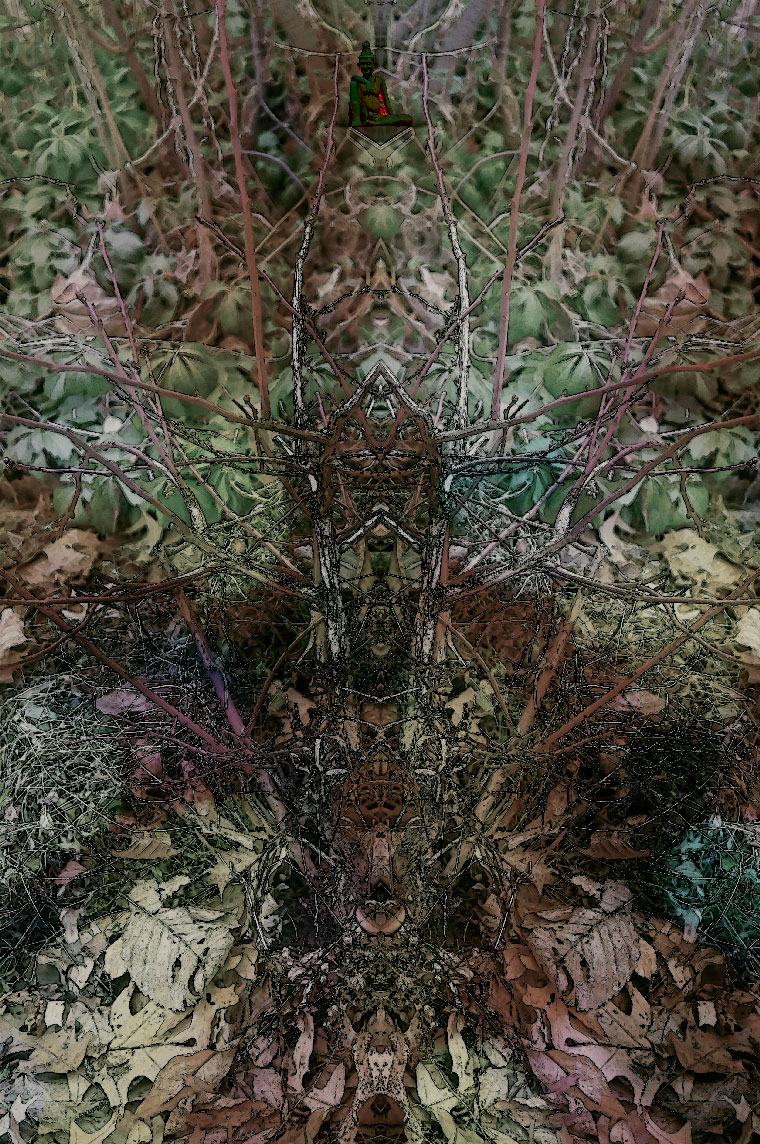Synchronicity (Analytical Psychology)
International Dictionary of Psychoanalysis
Ed. Alain de Mijolla. Vol. 3. Detroit: Macmillan Reference USA, 2005. p1719-1720.COPYRIGHT 2005 Gale
Carl Jung offered synchronicity as an acausal “principle of explanation” to account for “certain remarkable manifestations of the unconscious.” He saw the principle of synchronicity as an addition to the principle of psychic causality, which Freud had emphasized so strongly.
Jung “found that there are psychic parallelisms which simply cannot be related to each other causally,” such as “the simultaneous occurrence of identical thoughts, symbolism or psychic states” in analyst and analysand. In cultural history, one can also observe uncanny parallels, such as the coincidence of Chinese and European periods of style pointed out by Jung’s friend Richard Wilhelm, the German translator of the Confucian classic I Ching (Book of changes; also romanized as Yijing). This ancient book of wisdom has been used throughout its history as an oracle. Jung tested Wilhelm’s translation by counting out yarrow stalks and tossing coins—the traditional chance operations of Chinese divination—to locate specific chapters and verses in theI Ching, which he found would speak, like well-timed analytic interpretations, to his psychological situation at the time.
In his memorial to Wilhelm in 1930, Jung enunciated the synchronistic principle as an explanation. But it was not until the 1951 Eranos Conference that he fully described the “meaningful coincidence” and other sorts of facts that the concept “is intended to cover.” “Synchronicity: An Acausal connecting principle,” Jung’s full-blown development of the notion, appeared, together with an article by Nobel Prize-winning physicist Wolfgang Pauli, in German in 1952. There Jung offers synchronicity as a law of nature as important as the laws of causality and chance, which it supplements in governing the connections of events. Jung quotes Schopenhauer (2000): “All the events in a man’s life would accordingly stand in two fundamentally different kinds of connection: firstly, in the objective, causal connection of the natural process; secondly, in a subjective connection which exists only in relation to the individual who experiences it, and which is thus as subjective as his own dreams.” Jung understood this “subjective connection” to be the significance a subject finds in the linkage of events, but he located this meaning beyond the subject experiencing it in the psychoid nature of the archetypes themselves. An archetype, for Jung, is a field of meaning in the unconscious that may be registered simultaneously as a psychic event in the mind and as a physical reality in the outer world. As Robert Aziz (1990) has noted, such “simultaneity” need not mean occurring at the exact same moment of time; it is enough that events having a common meaning be linked without a plausible causal sequence. One of Jung’s favorite examples of such a meaningful coincidence occurred while he was analyzing a young woman patient. She was telling a dream in which she was given a golden scarab. Jung heard a flying insect knocking against the window-pane, opened the window, and caught the creature—a scarabaeid beetle. This unexpected concretization of her fantasy helped his patient give up an intellectual defense against psychic reality that had kept her analysis from becoming a transformative experience, the scarab being, in Egyptian mythology, a classic symbol of rebirth. For a synchronicity to enhance consciousness rather than merely build up superstitiousness, it is important that the individual grasp its compensatory meaning.
JOHN BEEBE
Synchronicity
Encyclopedia of Occultism and Parapsychology
Ed. J. Gordon Melton. Vol. 2. 5th ed. Detroit: Gale Group, 2001. p1519-1520.COPYRIGHT 2001 Gale
A connecting principle, expressing the linkage of events without a cause-and-effect relationship in time. In addition to the normal cause-and-effect connections observed in nature, there appears to be another principle expressed in the simultaneous arrangement or connection of events. A theory of synchronicity was developed by psychotherapist Carl G. Jung and related to certain ESP phenomena. In recent decades the concept has been widely borrowed by occultists in support of their worldview.
As an illustration of this principle, some, such as astrologer Dan Rudhyar, suggest a relationship between astrological positions and events in the life of individual human beings. The human events are not necessarily caused by the position of heavenly bodies, only linked in a causal relationship.
wtf?!

